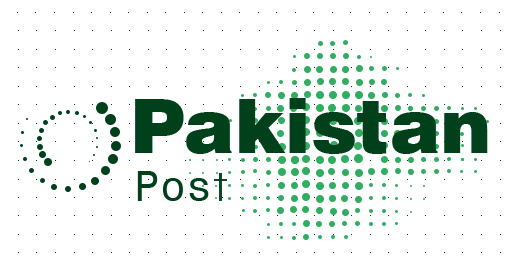In a significant turn of events, Iran’s reformist candidate Masoud Pezeshkian has emerged victorious in the presidential runoff election, defeating the ultraconservative Saeed Jalili. The Iranian interior ministry announced that Pezeshkian secured over 16 million votes, while Jalili garnered more than 13 million out of the approximately 30 million votes cast. The election saw a voter turnout of 49.8 percent, with over 600,000 ballots reported as spoiled.
Pezeshkian expressed his gratitude to his supporters who participated in the election with the hope of aiding the country’s progress. He emphasized unity, stating on state television, “We will extend the hand of friendship to everyone; we are all people of this country; we should use everyone for the progress of the country.”
This election, prompted prematurely by the tragic death of President Ebrahim Raisi in a helicopter crash, followed a first round marked by historically low voter turnout. Iran’s supreme leader, Ayatollah Ali Khamenei, had called for a higher turnout in the runoff, underscoring the election’s importance. Although the first round’s low turnout was noted, Khamenei reassured that it was not an act “against the system.”
The backdrop of Pezeshkian’s win is a nation grappling with regional tensions over the Gaza war, disputes with the West concerning Iran’s nuclear program, and growing domestic discontent fueled by the sanctions-hit economy.
Reformist Support and Election Dynamics
In the first round of voting, Pezeshkian, the only reformist candidate permitted to run, secured approximately 42 percent of the votes, while Jalili followed closely with around 39 percent. This election witnessed the lowest turnout since the Islamic Revolution of 1979, with only 40 percent of Iran’s 61 million eligible voters participating.
Pezeshkian’s candidacy has invigorated Iran’s reformist movement, which had seen years of conservative and ultraconservative dominance. His campaign received robust support from Iran’s main reformist coalition, including endorsements from former presidents Mohammad Khatami and Hassan Rouhani.
A 69-year-old heart surgeon, Pezeshkian has advocated for “constructive relations” with Western countries to revive the nuclear deal and alleviate Iran’s international isolation. In stark contrast, his opponent, the 58-year-old former nuclear negotiator Saeed Jalili, is known for his staunch anti-Western stance. Jalili’s campaign attracted a significant hardline base and the backing of other conservative figures.
Debates and Key Issues
Before the runoff election, Pezeshkian and Jalili engaged in two televised debates addressing critical issues such as the low voter turnout, economic challenges, international relations, and internet restrictions in Iran. Pezeshkian pledged to ease long-standing internet restrictions and staunchly oppose police patrols enforcing the mandatory headscarf for women, a significant issue since the death of Mahsa Amini in police custody in 2022. Amini’s death, following her detention for an alleged breach of the dress code, sparked months of nationwide unrest.
Looking Ahead
With Pezeshkian’s victory, Iran stands at a crossroads. His win symbolizes hope for many reformists and signals potential changes in both domestic policies and international relations. The new president’s commitment to uniting the country and promoting progress.
Pezeshkian’s win in the presidential election is a pivotal moment for Iran, setting the stage for potential shifts in policy and governance. As he steps into his role, the nation and the world will be keenly observing how his presidency unfolds and how effectively he can navigate the complex landscape of Iranian politics and international diplomacy.
Read Also: World’s Largest Solar Plant Featuring Over 5 Million Panels Goes Online in China


